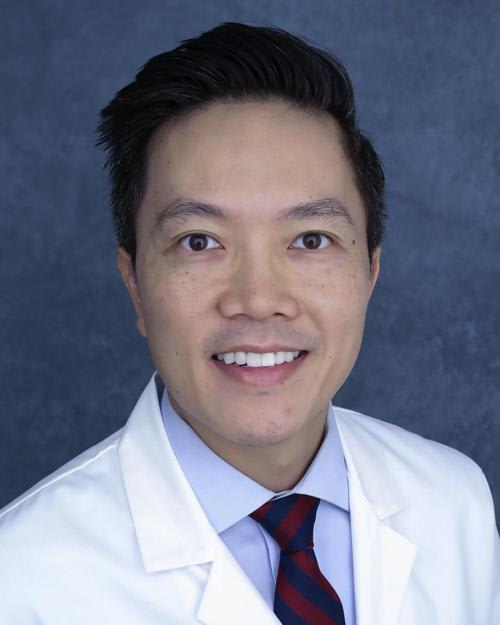
Lung cancer is the second most common cancer in both men and women and is the leading cause of cancer death in the United States. The good news is, if caught early, chances of survival significantly increase. In observance of Lung Cancer Awareness month, we spoke with Nguyen Minh Le, M.D., director of thoracic medicine at Providence Cedars-Sinai Tarzana Medical Center to discuss all matters related to lung cancer screening.
Q: Who is at risk for lung cancer?
Dr. Le: Anyone who currently smokes or has smoked in the past is at risk for lung cancer. Even if you quit decades ago, your risk may still be elevated. While nonsmokers can develop lung cancer, the majority of cases occur in current or former smokers.
Q: What is lung cancer screening?
Dr. Le: During the screening, you undergo a low dose computed tomography scan (CT scan). The CT scan is a type of X-ray used to image the current state of the lungs. It takes less than a minute and is designed to look for signs of lung cancer even before symptoms are present.
Q: Is it true only current smokers should get screened?
No, former smokers with a significant history are also at risk and may qualify. You should be screened if you are:
-
- between 50 and 80 years old and
-
-
either currently smoke or have quit within the last 15 years
-
-
-
or if you have a 20 pack-year smoking history (for example, smoking one pack a day for 20 years)
-
If you aren’t sure, ask your primary care provider.
Q: How do I calculate my pack-year history?
Dr. Le: Pack-years are calculated by multiplying the number of packs smoked per day by the number of years you smoked. For example, smoking one pack a day for 20 years equals 20 pack-years. A history greater than 20 pack-years is considered high risk.
Q: Why is early detection of lung cancer so important?
Dr. Le: Early detection significantly increases the chances of survival and successful treatment. Many forms of lung cancer, including non–small cell adenocarcinoma and squamous cell carcinoma, are curable if caught early. Unfortunately, lung cancer often does not present symptoms until it has reached an advanced stage.
Q: How is lung cancer usually found?
Dr. Le: Lung cancer is frequently discovered incidentally during imaging scans ordered for other reasons, such as scans of the shoulder or breast, since many people have no symptoms in the early stages.
Q: What happens if a nodule is found during screening?
Dr. Le: If a nodule suspicious for lung cancer is found, a biopsy is recommended. At Providence Cedars-Sinai Tarzana Medical Center, the Ion robot offers a minimally invasive and precise biopsy method, resulting in accurate diagnosis, minimal pain and quick recovery.
Q: What happens if the result is positive?
The multidisciplinary team at Providence Cedars-Sinai Tarzana — including skilled surgeons, oncologists and nurses — will work with you to develop a personalized care plan.
Q: Why do so few eligible people get screened?
Dr. Le: Despite the proven benefits, 90% of people who meet the American Cancer Society’s criteria for lung cancer screening do not get screened. Awareness is low, and there is no regular mandate for lung cancer screening like there is for breast, colon or cervical cancer. Only 10% of potential patients know about the screening. Make sure to ask your primary care provider or pulmonologist to see if screening is right for you.
Q: What should I do if I’m a current or former smoker?
Dr. Le: Take charge of your health by discussing lung cancer screening with your primary care physician or pulmonologist. Early detection can save lives. During Lung Cancer Awareness Month, it’s especially important to spread the word about screening and help others learn about this life-saving procedure.
Q: Where can I learn more or request a screening?
Dr. Le: Don’t wait — talk with your primary care provider about whether lung cancer screening is right for you. Early detection could save your life.



















